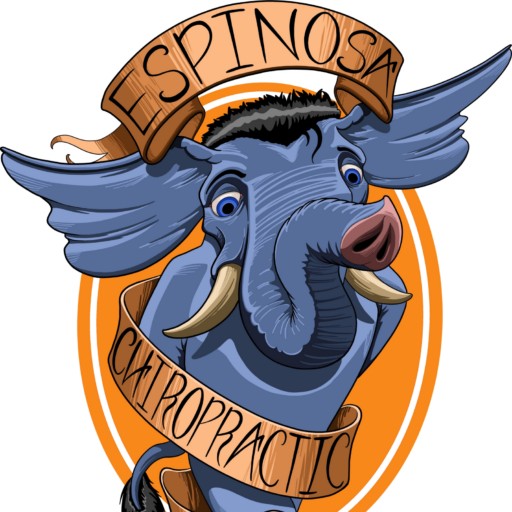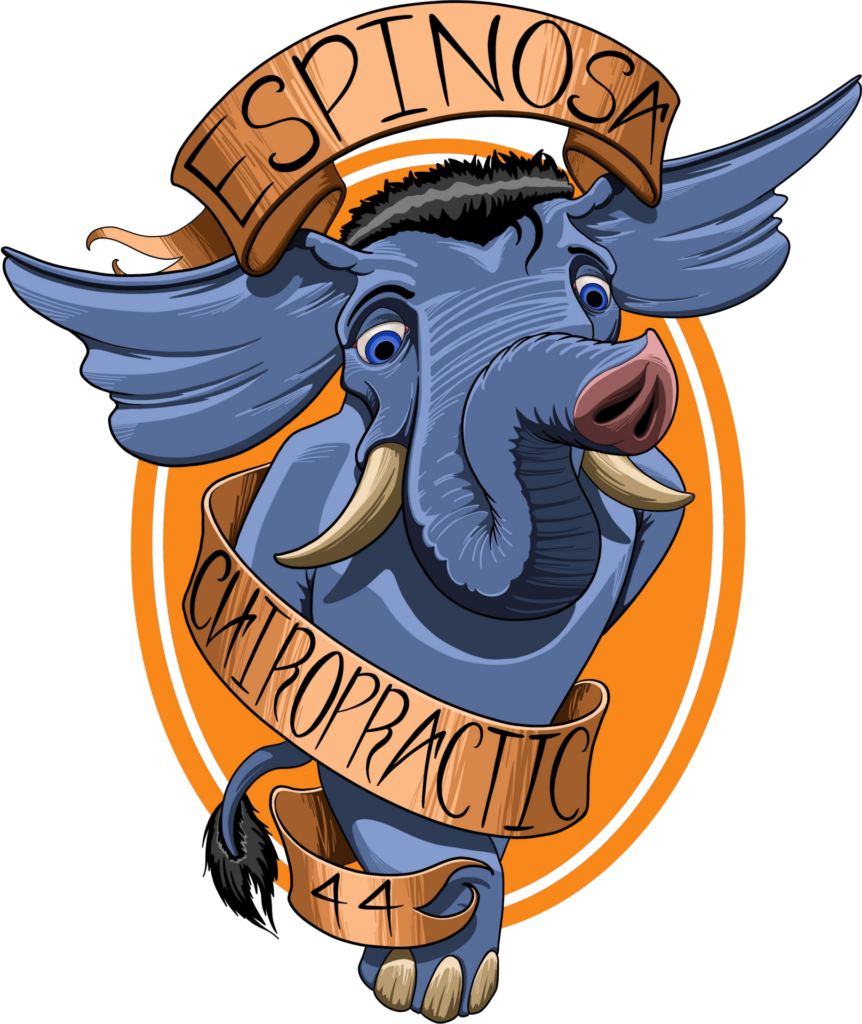Posts by Espinosa
Study Finds Cannabis Compounds Prevent Infection By Covid-19 Virus

Our science research dollars are not just up in smoke this time. The medical community seems to have found another tool to fight the spread of COVID-19. Researchers at Oregon State University have published a report that claims, “Cannabinoids Block Cellular Entry of SARS-CoV-2 and the Emerging Variants.”
I’m sure more research will be needed and getting volunteers will be easy. If this is true the Cannabinoids industry will be having be having some fun with this new information. You can read a quick summery on the Forbs website linked here:
It looks like even the Variants can’t get past the has barrier. “Although further research is needed, van Breemen noted that study shows the cannabinoids could be developed into drugs to prevent or treat Covid-19.”
So for a bit of fun, when the office asks how high are you? You can say back, “no man, It’s Hi how are you! I did my research on the internet and now I’m fighting the pandemic.” And blow some cure in his face. Or maybe let your doctor prescribe it first.
Did you party too hard on New Years? Find the Sleep you Deserve

Finding it hard to stay asleep?
The sounds of the city can make falling asleep difficult enough, but many people struggle to stay asleep because of their sensitivity to noise. It is easy to be a deep sleeper- the kind who sleeps through smoke alarms- when you are young, but as we get older, we succumb to external and internal factors that make it difficult to maintain a healthy, restful level of sleep. While genetics and the possibility of a sleep disorder are also at play, there are many things you can do with your lifestyle to limit the incursions of noise in your sleep life.
Training yourself to become a deeper sleeper
The first key is setting yourself up for success: this means limiting factors that are antagonistic from the inside of your body. Alcohol, while sedative by nature, does not let you achieve deep restful sleep and once its effects wear off, you often find yourself awake and uncomfortable. Likewise, caffeine has large effects on your sleep, where the effects can be felt up to 8 hours after consumption. One final factor that may be preventing you from sleeping is the presence of screens before bed- the blue light that emits from your cell phone has been shown to interfere with the feeling of tiredness that eventually leads to sleep.
What else can I do to stay asleep?
- Melatonin, a natural chemical that is produced by the brain to influence sleepiness, can be purchased over-the-counter at your local pharmacy. Giving your melatonin levels a boost helps to encourage sleep.
- Magnesium and calcium supplements: the two combined have been shown to effectively treat insomnia.
- Control your sleep environment: keep it dark and cool. The cave-like sensation helps to switch off the brain- but don’t worry you can stay warm and happy underneath the sheets.
- White noise: something that many people do to regulate the many noises of the night. People use different white noise simulators- rainfall, river or rainforest are all popular options.
Is pain stopping you from sleeping?
Pain is another factor that prevents people from falling and staying asleep. If you have pain in your back or tight, tense muscles, they could be the main reason that you are not finding the sleep you need. Give our office a call to get to the root of the pain and create a plan for rehabilitation today.
Make 2022 the Year of Preventative Health

Health is trending for 2022
What is more important than your health in 2022? Trending aside, this new year is awash with possibilites for improving your health on a holistic scale. At our office we are concerned with two parts of holistic wellness:
- Preventative Healthcare
- Musculoskeletal Medicine
We focus on using natural modalities to improve your body’s innate capacity for healing, to help you look, feel and function better at any age. The truth is, musculoskeletal disorders are on the rise in the USA. From an aging society, to more jobs shifting into sedentary settings, the odds are more stacked against us than ever when it comes to taking care of our physical health. No matter how you look at it, there is simply no excuse for not taking better care of yourself this new year.
Merry Christmas from a Concerned Chiropractor

Christmas has a way of hampering people’s fitness progress
Nowhere is this more evident than in our spines! The most important things we can do for our spines are:
- Maintain a healthy weight
- Maintain a reasonable level of activity
- Avoid inflammation
- Practice good posture
The holiday season puts all of this in jeopardy; studies show that activity levels among the population reach their lowest during December. Add in the fact that we tend to eat more food and you have a formula for weight gain and back pain that few of us can afford. The final picture is of someone relaxing on the couch, posture unsupported, wincing from back pain inside while they outwardly smile. If this is you, read on to find out how we can help you use the positive energy of the holiday season to effect powerful changes in your spinal health.
Spinal Traction: Is it Right for You?

Why does spinal decompression feel so good?
Spinal traction is a type of decompression therapy that we provide that is designed to relieve pressure on the spine. Through our everyday activities, we submit our spines to compressive forces that move vertebrae out of alignment, threaten spinal joints and cause overall degradation. As you get older, these compressive forces compound and lead to more serious conditions including sciatica, herniated discs, degenerative disc disease, and other painful conditions. Spinal traction is designed to combat the compression!
Holiday Health Objective: Don’t Let the Food Derail your Fitness Plan

Holiday foods are filled with inflammation-causing agents
This might not be what you want to hear right before the holiday baking season kicks into full swing. And it certainly doesn’t make for great conversation around the baking table. But if you suffer from back pain, it is worth carrying a dose of awareness with you into each meal. After all, other people can enjoy the fruits of your labor- but abstaining from the majority of inflammatory foods will do your back innumerable benefit.
Keep inflammation out of your holiday plans
Any list of inflammatory foods begins with sugar and saturated fat, staple ingredients of many holiday recipes. Other common Christmas time ingredients that cause inflammation include:
- Refined flour
- Artificial sweeteners
- Alcohol
You may not want to think of the holidays as being inflammatory-filled, but the diet certainly suggests such a trend. Protect yourself this holiday season by thinking about what you put into each recipe; many traditional recipes can be upgraded to anti-inflammatory variants. And you always have the power of choice to say no to another alcoholic beverage or another cupcake!
We are concerned with the health of your spine over holiday foods
They may taste good, but the inflammation that they cause can have your back reeling. Think of every bite as a cost-benefit analysis- if it is actually going to hurt your back, it may be best to abstain. And if you are suffering from inflammation, ice is your best friend! Maintaining range of motion and activity levels are also important ways of combatting inflammation. Unfortunately, the holidays are the time of year we exercise the least. Try to maintain reasonable levels of movement and if you are still struggling with distracting back pain, give our office a call to schedule an appointment. We are standing by to help you with all your spine-related problems this holiday season!
Protect Your Neck, Don’t Neglect Your Neck?

Your neck is a densely packed powerhouse of muscles
However, these muscles are among the most neglected in the body when it comes to gym time, and they rarely come in for attention unless they are causing problems. This is problematic for a number of reasons: first, an increasing number of us work jobs that require us to sit for hours on end, encouraging stiffness and pain in the neck. Second, ignoring the neck can leave you vulnerable to cervical spinal conditions that will develop later from a lack of strength in the supporting muscles and poor posture. I’m not saying you need to train each muscle of the neck individually, but we should treat it as a fairly important group of muscles to be exercised regularly.
The relationship your neck has with pain
Think of how many times you move your neck in a day- it is probably impossible to even get close to an accurate estimate as 90% of neck movements are subconscious. Looking up, down, to the side, and over your shoulder; chewing your food and holding your head upright. Many of the muscles in the neck connect to the upper back and have implications in the mechanics of shoulder movement. What this mosaic shows is that, with weak muscles, your neck is vulnerable to a lot of movements and the worst malefactor is no movement at all.
It’s time to turn your neck into a bundle of strength
At our office in we have a plan to turn your neck into something more: a network of muscles that support the head, connect it to the body with proper mechanics, and allow for an extensive range of movement without causing pain or stiffness. It is important to realize that your neck can actually work as an agent for you- to prevent the onset of spinal conditions and pain related to a desk-heavy lifestyle. Give our office a call to find out how we can start strengthening the neck today.
Holiday Health 101: Tips for Navigating those Laden Dinner Tables
The holiday food coma is a reality that few weight-watchers can afford
Thanks to the healthy quantities of fatty foods that seem to pass into our households each holiday season, keeping the weight down can be a challenge that few of us are equipped to meet. No one who is in a weight loss battle likes to see themselves slumped over on the couch, full of pie and brandy, waiting for the night to mercifully come to an end. Applying a few common-sense principles to each family dinner will ensure that you don’t lose too much ground in the battle to keep the pounds down.
Landing Softly: How to Minimize Impact on the Runner’s Joints

Good running form means efficiency and speed but it also means injury prevention!
If you are trying to improve your running form, it behooves you to focus on minimizing the impact of each step on the joints of your knees and lower back. Yes, this starts with good running shoes, but the degree to which the impact will affect your joints is determined when you strike the ground.
This Holiday Season, Practice Exercise Snacking

You will be snacking a lot this holiday season
From the myriad sweet treats to decadent family dinners, the options are endless when it comes to indulgence during the holiday season. For those looking to manage their weight, or keep back pain at bay, this can be a treacherous time. It behooves any back pain sufferer to be proactive about the health of their spine during the holiday season. To this end, we want to talk about a different kind of snacking: exercise snacking.
